Aging gracefully doesn’t mean accepting pain, stiffness, or declining mobility as inevitable. For those managing knee pain, everyday habits can either support joint health or unknowingly speed up degeneration. The good news? Small, informed changes can make a significant difference. This guide reveals 10 common mistakes that sabotage healthy aging with knee pain, explains why they matter, and offers practical, joint-friendly solutions you can start today.
Many people with knee pain limit activity, fearing it will worsen discomfort. However, inactivity leads to weaker muscles, stiffer joints, and reduced circulation—accelerating joint deterioration.
✅ What to do: Embrace low-impact movement like walking, swimming, or cycling. These activities lubricate the joints, strengthen supporting muscles, and improve balance without high stress on the knees.
💡 How to adapt: Start with 10-minute sessions and gradually increase duration. Use supportive footwear and choose flat, even surfaces for walking.
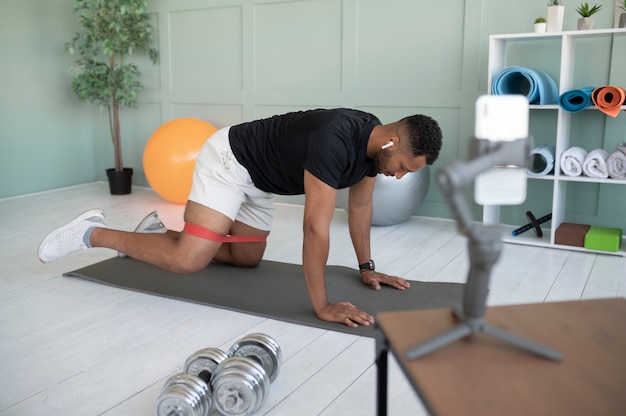
Weak quadriceps, tight hamstrings, or underactive glutes place extra strain on the knees. Over time, this imbalance alters gait and increases wear on joint surfaces.
✅ What to do: Focus on strengthening the muscles around the knee and hip. Exercises like seated leg lifts, straight leg raises, and glute bridges are gentle yet effective.
💡 How to adapt: Perform exercises daily with proper form. Use a chair or wall for support if needed. Stop if sharp pain occurs.
Slouching, improper sitting, or lifting with poor form increases pressure on the knees. Even daily tasks like standing up from a chair can become harmful if done incorrectly.
✅ What to do: Practice mindful movement. Keep your back straight, engage your core, and use your legs—not your back—when standing or lifting.
💡 How to adapt: Use a supportive chair with armrests. Raise your seat height slightly to reduce knee strain when sitting and standing.
Many believe strength training is too harsh for aging joints. In reality, resistance exercises build muscle, protect joints, and improve bone density.
✅ What to do: Use resistance bands or light dumbbells for controlled movements. Focus on form over intensity.
💡 How to adapt: Perform 1–2 sets of 10–12 reps, 2–3 times per week. Rest between sessions to allow recovery.
Diets high in processed foods, sugar, and unhealthy fats promote inflammation—worsening joint pain and stiffness.
✅ What to do: Eat more anti-inflammatory foods: fatty fish, leafy greens, berries, nuts, and olive oil. Stay hydrated to maintain joint lubrication.
💡 How to adapt: Replace one processed meal daily with a whole-foods alternative. Gradual changes are more sustainable.
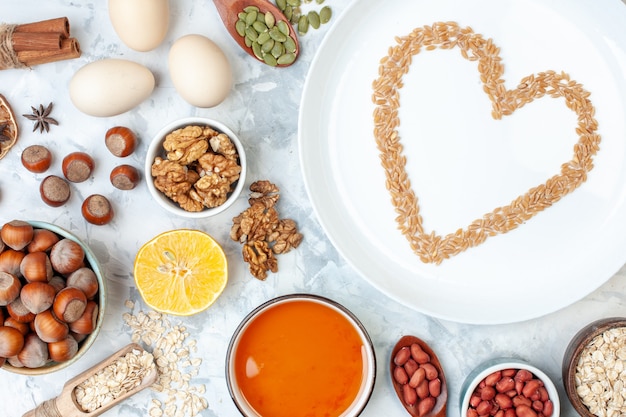
Every extra pound adds up to 4 pounds of pressure on the knees during walking. Excess weight accelerates cartilage breakdown.
✅ What to do: Combine gentle exercise with balanced nutrition to achieve gradual weight loss. Even a 5–10% reduction can significantly reduce knee stress.
💡 How to adapt: Set small, measurable goals. Track food intake and movement without obsession—consistency matters most.
Flat shoes, high heels, or worn-out sneakers fail to absorb shock, transferring impact directly to the knees.
✅ What to do: Choose supportive, cushioned shoes with good arch support and a low heel. Replace them every 300–500 miles of use.
💡 How to adapt: Test shoes by twisting them—less flexibility in the sole means better stability. Walk in them before buying.
Poor sleep and chronic stress elevate cortisol and inflammatory markers, worsening joint discomfort and slowing recovery.
✅ What to do: Aim for 7–8 hours of quality sleep. Practice relaxation techniques like deep breathing, meditation, or gentle stretching before bed.
💡 How to adapt: Create a calming bedtime routine. Limit screen time and avoid caffeine in the evening.
While pain relievers can offer short-term relief, they don’t address the root causes of knee pain and may carry long-term risks.
✅ What to do: Use medication as a tool, not a solution. Combine it with lifestyle strategies like movement, nutrition, and physical therapy.
💡 How to adapt: Work with a healthcare provider to create a holistic pain management plan tailored to your needs.
Withdrawing from hobbies or social events due to pain leads to isolation, lower mood, and reduced motivation to stay active.
✅ What to do: Modify activities instead of abandoning them. Use supportive tools, take breaks, and pace yourself.
💡 How to adapt: Break activities into shorter sessions. Try seated versions of gardening, dancing, or crafts.
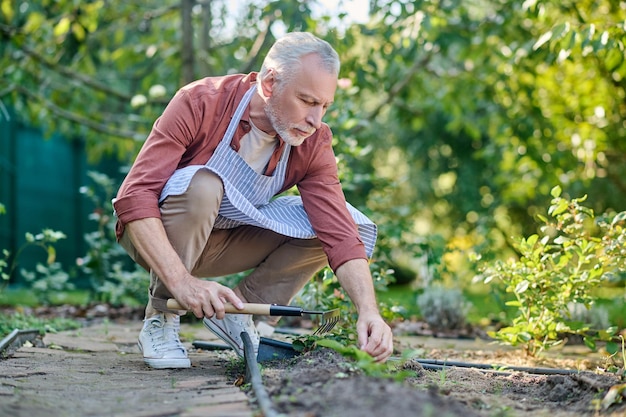
Aging with knee pain doesn’t mean surrendering to discomfort or inactivity. By identifying and correcting these 10 common mistakes, you can support joint health, maintain independence, and enjoy a higher quality of life. Start small, stay consistent, and celebrate every positive change—your future self will thank you.

Wellness

Wellness

Wellness

Wellness

Health
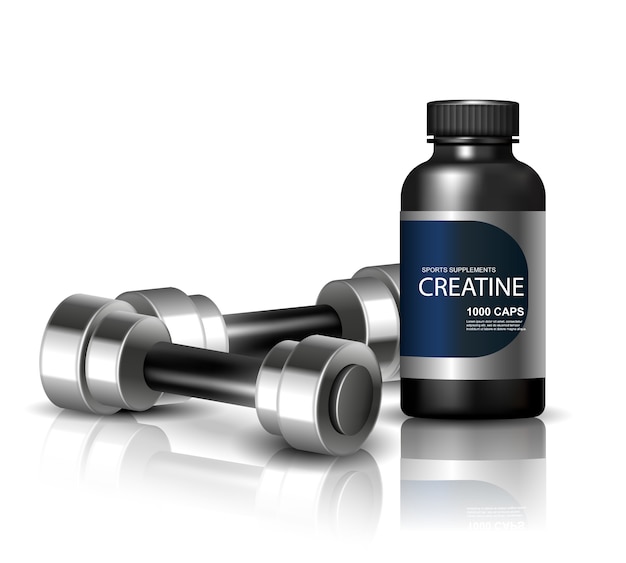
Wellness
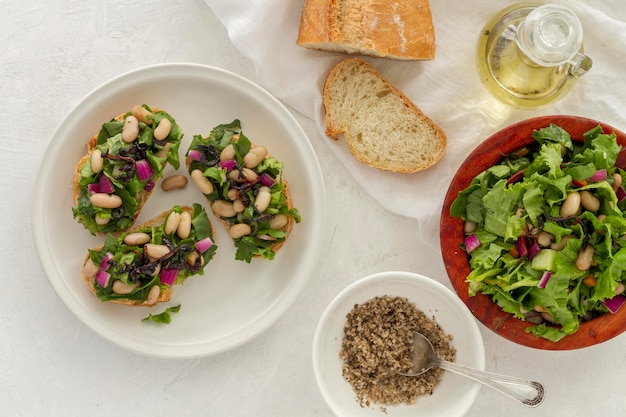
Health
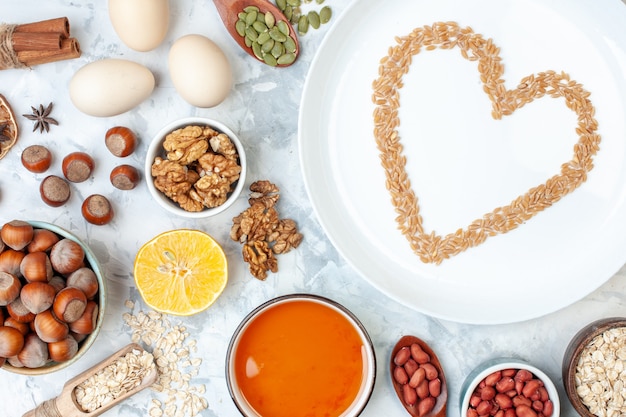
Health

Fitness
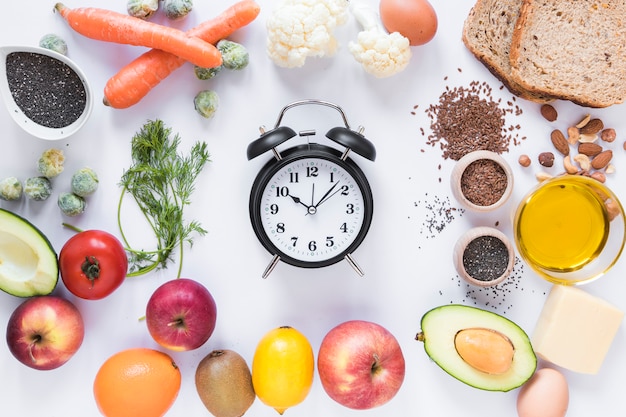
Health

Fitness

Wellness

Health

Fitness

Health

Health